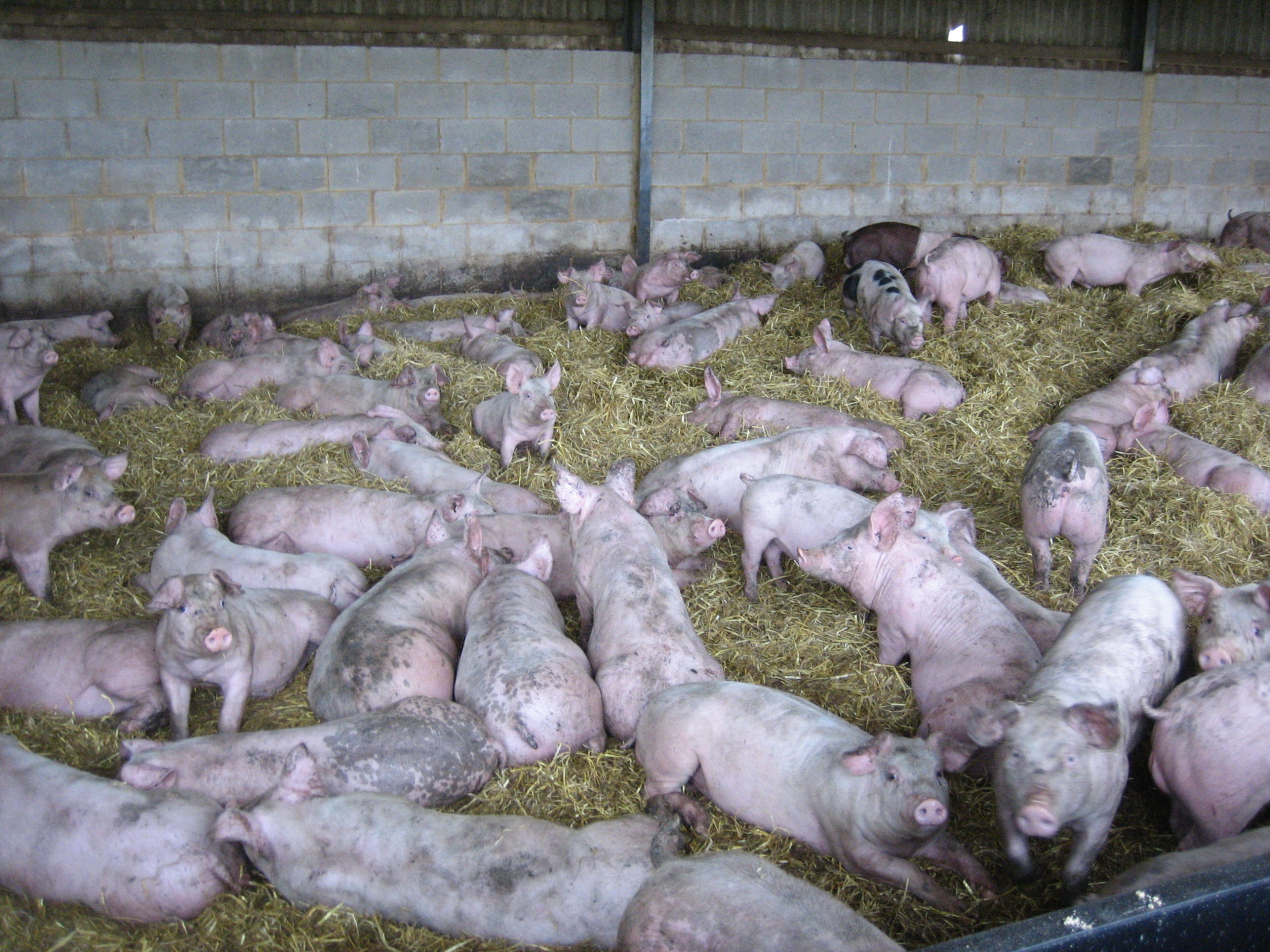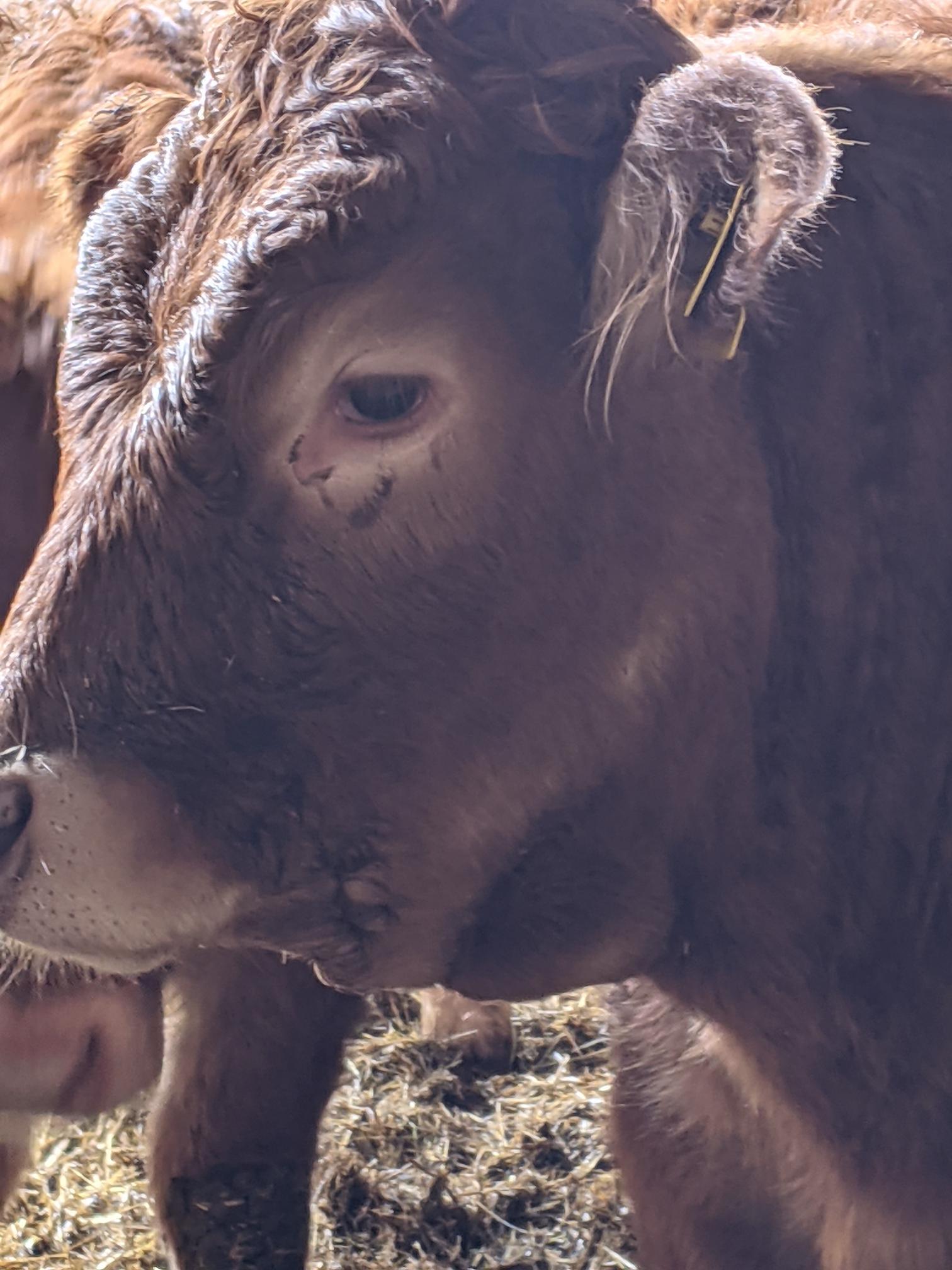
Category: Dairy & Livestock

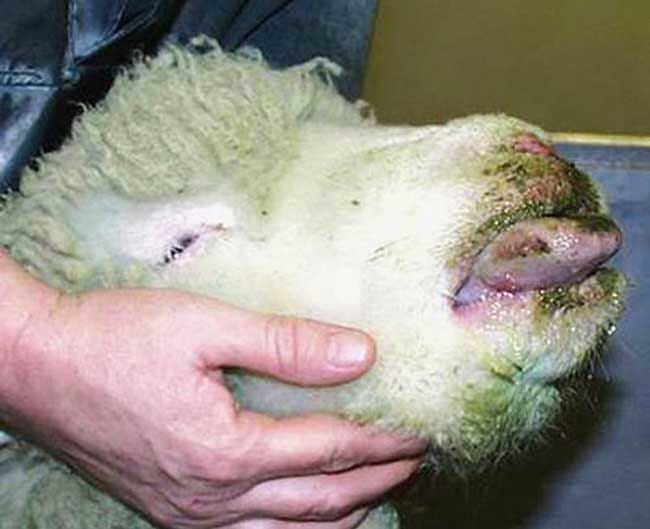
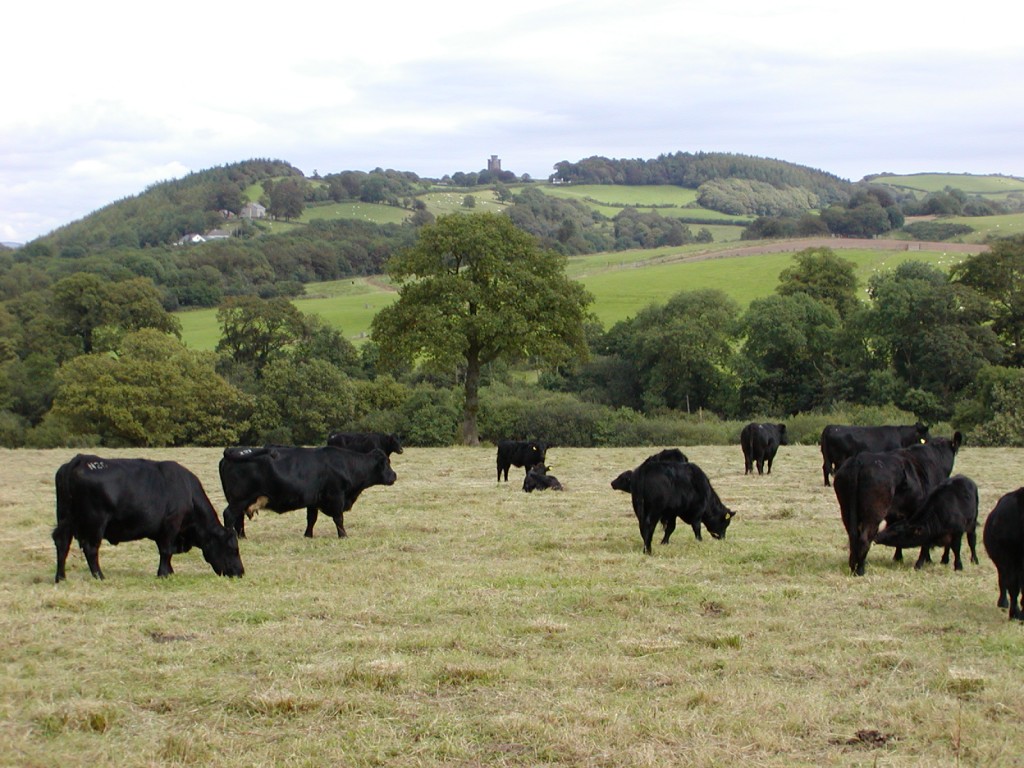
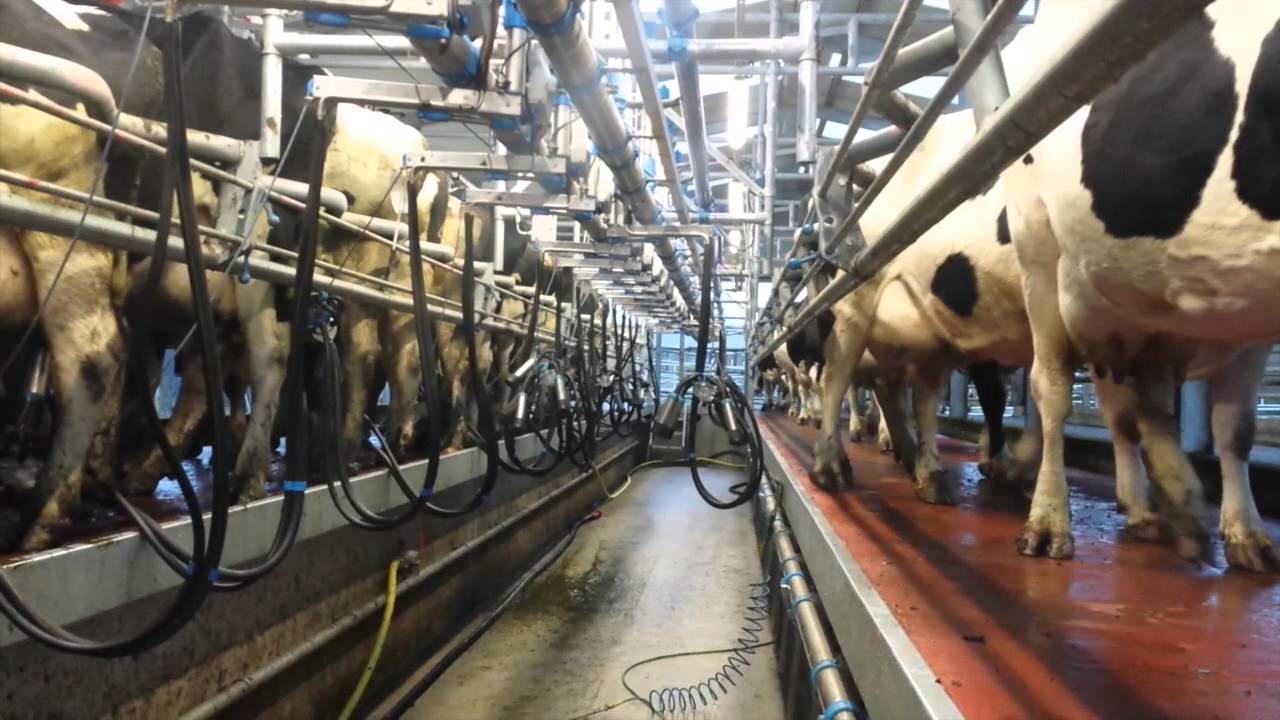
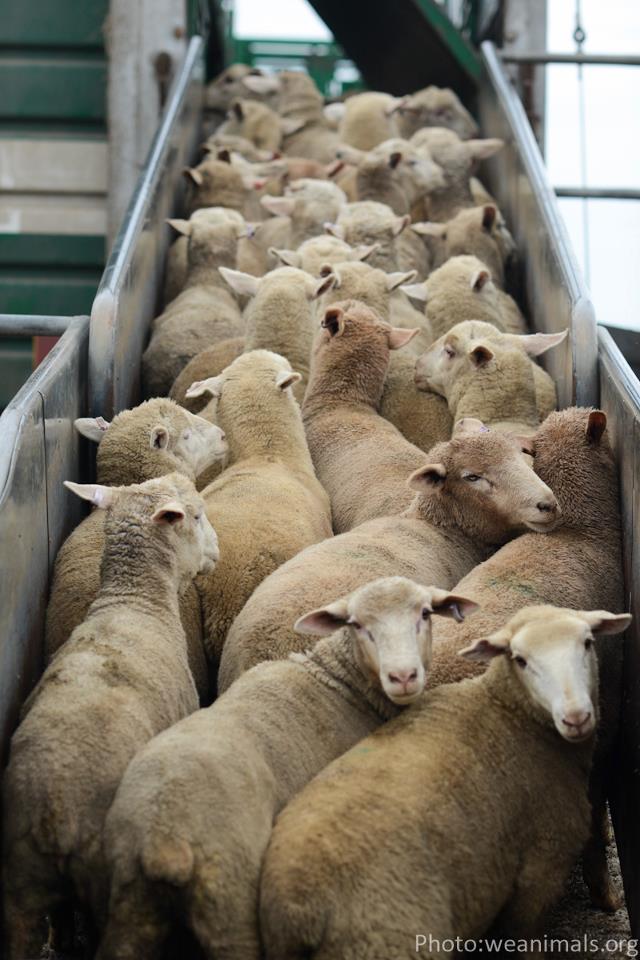
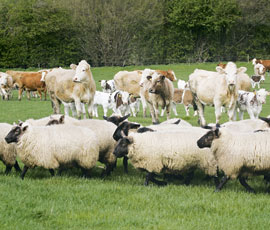
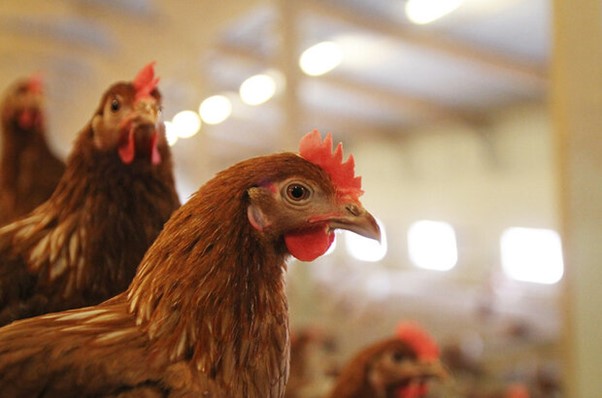
Beef & Sheep Market
Beef
The beef farmgate price continues to break records. The GB All-Steer deadweight price for the week ending 19th April broke the £7 per kg barrier for the first time, reaching £7.07 per kg. This is 144.5p per kg more than at the turn of the year and a staggering 217.67p per kg higher than for the same week in 2024 (nearly +44%).
Prices have been supported by strong demand and tight supplies. Latest data from Defra for the first three months of 2025 show UK beef production totalled 224,800 tonnes, a decline of 8,100 tonnes (-3.5%) compared with Q1 2024. The fall in production was due to slaughter numbers and carcase weights. Clean cattle kill numbers totalled 508,000 head for January to March down by 14,000 head (-2.6%) compared with the first three months of 2024. Furthermore, carcase weights were also 1.5kg lighter than year earlier levels. The latter doesn’t quite align with the theory that some are holding on to cattle to achieve heavier weights and banking on the price continuing to rise. Perhaps some are actually ‘cashing in’ a bit earleir than normal, not wanting to bet on the price continuing to increase. In addition, cull cow slaughter numbers are also lower for the same period, down by 6,000 head (-4%) to total 155,000 head.
Looking ahead, BCMS data suggests domestic supplies are likely to remain constrained, which should help to support farmgate prices. Furthermore, the average EU deadweight cattle price has risen even faster than the GB price over recent weeks. This has reduced the price differential between GB steers (R3) and EU steers to 94.8p per kg in the week ending 31st March, down from 117.4p per kg in mid-February. The increase in the average EU steer price has predominantly been driven by gains for Irish beef. GB and Irish beef prices are closely aligned and our price has supported the Irish beef price, where supplies have been good so far this year, but are forecast to reduce as we go through the year. Indeed, supplies across the EU are expected to remain tight adding further support to prices. An area to watch though could be if the EU-Mercosur trade deal is ratified (see https://abcbooks.co.uk/eu-mercosur-trade-deal-negotiation/) which could see increased imports of cheaper beef from Brazil, Argentina and Uruguay coming into the EU, although this could be curtailed by the EU Deforestation Regulation (https://abcbooks.co.uk/eu-deforestation-reg-delay/)
Sheep
Farmgate prices for clean sheep, although still historically strong, have not reached the dizzy heights of last year. The GB OSL SQQ price for the week ending 19th April fell, for the 5th consecutive week, by -7.5p per kg on the week to average 702.9p per kg. This is 157.6p per kg lower than for the same week in 2024. In contrast to beef, consumer demand has been weaker this year. In 2024 there was an alignment of religious festivals prompting strong supermarket promotions.
In terms of production, during the first quarter of 2025, latest data from Defra shows it fell by 4.5% (3,100t) to total 65,600 tonnes, compared to year-earlier levels. Clean sheep kill for the period January to March totalled 2.77m head, down 111,000 head (3.8%) compared with Q1 2024. Adult sheep were -12.8% lower, totalling 317,000 head over the same period. Carcase weights have remained pretty stable averaging 20.6kg. There had been a little uptick in carcase weights over the last couple of weeks, perhaps due to some vendors retaining lambs a little longer in the hope the trade would rise around Easter. As numbers of New Season Lambs (NSL) coming forward each week start to rise, OSL prices are not likely to see much of an increase, if any, now. Previously AHDB had been forecasting a large carryover from 2024, with numbers down on the year so far, it remains to be seen if these materialise; will some be kept for the breeding flock?

Dairy Update
The UK dairy sector is experiencing a surge in output. Latest figures from Defra show UK milk production for March 2025 totalled 1,373m litres; a 16% increase on February. This means the milk year (April-March) finished above 15 billion litres at 15.12 billion litres, for only the second time in the last 10 years. The previous year being 2020/21. Production has got off to a flying start for 2025/26 as well. Strong farmgate prices and a dry spring, meaning early turnout, has supported increased volumes which are forecast to continue through the summer and autumn. A limiting factor may come from the contraction in the herd size. BCMS data for dairy registrations in Q4 2024 were the lowest on record. The prevalence of Bluetongue Virus (BTV) on the continent is also affecting replacement stocks (i.e. imported heifers). Furthermore, milk production in the Netherlands, Germany and France has been affected by the disease which is expected to become more prevalent in the UK as we head into midge season – this could adversely affect production. However, the AHDB is still forecasting a 1.2% increase in GB volumes for the 2025/26 and a 0.6% growth globally.
In terms of prices, UK wholesale markets remain at very high levels. There has been some easing over the first quarter of the year but whilst milk supplies have been strong in the UK and Ireland, this has not been the case on the continent due to BTV. Globally, the GDT average price index has performed well in April, up by 1.1% at the first event and then by a further 1.6% at the latest auction, to average $4,385 compared with $3,590 in April 2024. The latest Defra UK farmgate milk price for March was 46.01p per litre compared with 38.46p per litre in March 2024. Price announcements for April showed a fairly stable market, particularly for liquid contracts; for cheese and manufacturing, prices started to ease a little for some. However for May, Barbers (cheese) has announced no change to its price, but Freshways (liquid) is reducing its price by 2p per litre. Furthermore, the spot price has plummeted as farmers were forced to dump milk following a major breakdown at the Yew Tree Dairy, Skelmersdale processing plant, which halted milk collection for more than a week.
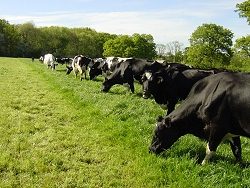
Pigmeat Production and Prices
According to the AHDB, pigmeat production for the first three months of 2025 has out-performed its forecast. In the quarter January to March, UK pigmeat production totalled 244,500 tonnes, up 6.4% (nearly 15,000 tonnes) compared with the same quarter in 2024. However, Q1 2024 volumes were the lowest since 2017. Compared with Q4 2024, volumes have fallen by 5,000 tonnes – but this is usual following the Christmas peak in demand. The increase in production has been driven both by slaughter numbers and carcase weights. The UK clean pig kill totalled 2.59m head for the first three months of the year, an increase of 5.5% (almost 136,000 head) year-on-year. The average dressed carcase weight for the same quarter was 91.5kg; 1kg heavier than year-earlier weights and nearly 2kg more compared with the previous quarter. Again, this is not unusual for the time of the year as pigs are often brought forward earlier to catch the Christmas trade and can therefore be a little smaller.
In terms of pricing, the GB SPP (EU Spec) has been steadily increasing since the second week in March, after a disappointing start to the year; it stood at 205.6p per kg for the week ending 19th April. This is still 1.6p per kg less than for the same week in 2024, but the gap has reduced since the turn of the year when it was about 6.6p per kg lower. Recently prices on the Continent have been rising faster than the domestic price which should help to support values, but with a lot of GB pigs now produced on ‘cost of production plus’ contracts domestic prices are slower to react to movements on the Continent.
